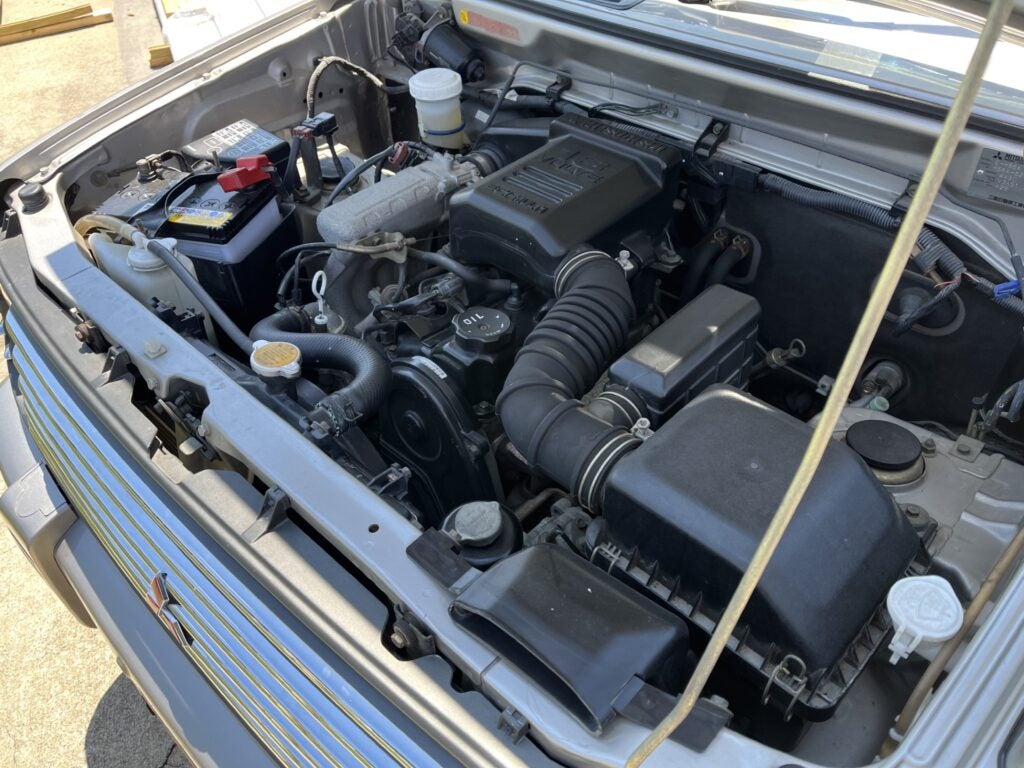The keijidosha class of Japanese vehicles, or kei (pronounced KAY) cars as they are commonly called, has a long history in Japan and a bright future in the United States.
What is a kei car and what is so special about them?
After suffering defeat in World War II, Japan’s economy was decimated, along with the majority of its manufacturing industry. Automobiles were out of the reach of most of the population, and resources used to make them were hard to come by.
In 1949, Japan had developed three classes of vehicles: the standard car, the small car, and the kei car. The kei car standards were less than 150 ccs of displacement, less than three meters long, and less than 1.3 meters wide. It had to weigh less than 400 kilograms, had to get the equivalent of 94 miles to the gallon and had to cost less than 150,000 yen, which is the equivalent of about $6,000 adjusted for today.
With such strict standards, no manufacturer could realistically produce a car that fit that mold.
After years of negotiation on these standards, they were relaxed, and Suzuki produced the first kei car, the Suzulight, in 1955. This was the first car produced by Suzuki and featured a 360cc two-stroke engine making a neck-breaking 16 horsepower.
Subaru, Daihatsu and Mazda followed with similar models, and the kei car became a staple of Japanese traffic. Later, they began producing small trucks, vans, and even campers on these kei-sized frame requirements.
In the United States, we certainly went a different direction. In 1968, Malcolm Bricklin imported 10,000 Subaru 360 kei cars and sold them as motorcycles to get around safety and licensing laws. These cars flopped among American consumers.
According to Hagerty Media, there are even rumors that they were dumped from ocean barges to conceal the failure to sell. America’s love affair with large cars would continue for decades.
Something has changed lately, as kei cars have gained popularity among Asian import car fans and people that use them as tools. What used to be a rare sight on the roads or farms is now becoming more common.
Josh Galbreath, an employee of Thomson, Ga. based Antler Imports, has been importing kei cars, trucks and vans by the trainload for over a decade.

“The cost of automobiles in the United States, and with the cost of golf carts and side-by-side vehicles, these are becoming a better alternative. You can buy a kei truck for $10,000 and under that will do more than what a side by side or a golf cart will do. They fill the gaps. $20 fills them up and most get well over 40 miles to the gallon,” says Galbreath, on the increase in popularity.
A quick search online shows these kei cars for sale for as little as $500 on some sites, but that price is for where it is currently located. You would still have to ship the car to a port, get it through customs and get it transported to your location.
This is one of the costliest parts of kei car ownership, and it takes someone with the experience to navigate the red tape. One wrong move with the paperwork can get your shipment confiscated and lead to heavy fines.
“There are a few things about importing these yourself. One is you don’t have someone on the ground in Japan to inspect the vehicle. Most people that sell these overseas sell them as is and it is your problem when it gets here. We are established enough in Japan that the cars are either looked at by the dealer or a local mechanic that we have. With buying one here, they have already been through the titling and tagging process. In Georgia, it is very hard to put them on the road,” Galbreath said.
While these kei cars will not meet everyone’s needs, they might be an option for you. They do offer a lot of value and utility. The cheapest truck sold in the United States is the Ford Maverick at $20,995, and that is if you can even find one. For that price, you can get two or three kei trucks. You just may have to wait a bit for shipping.
As for me, I will see you on the road!










